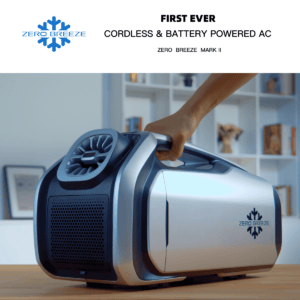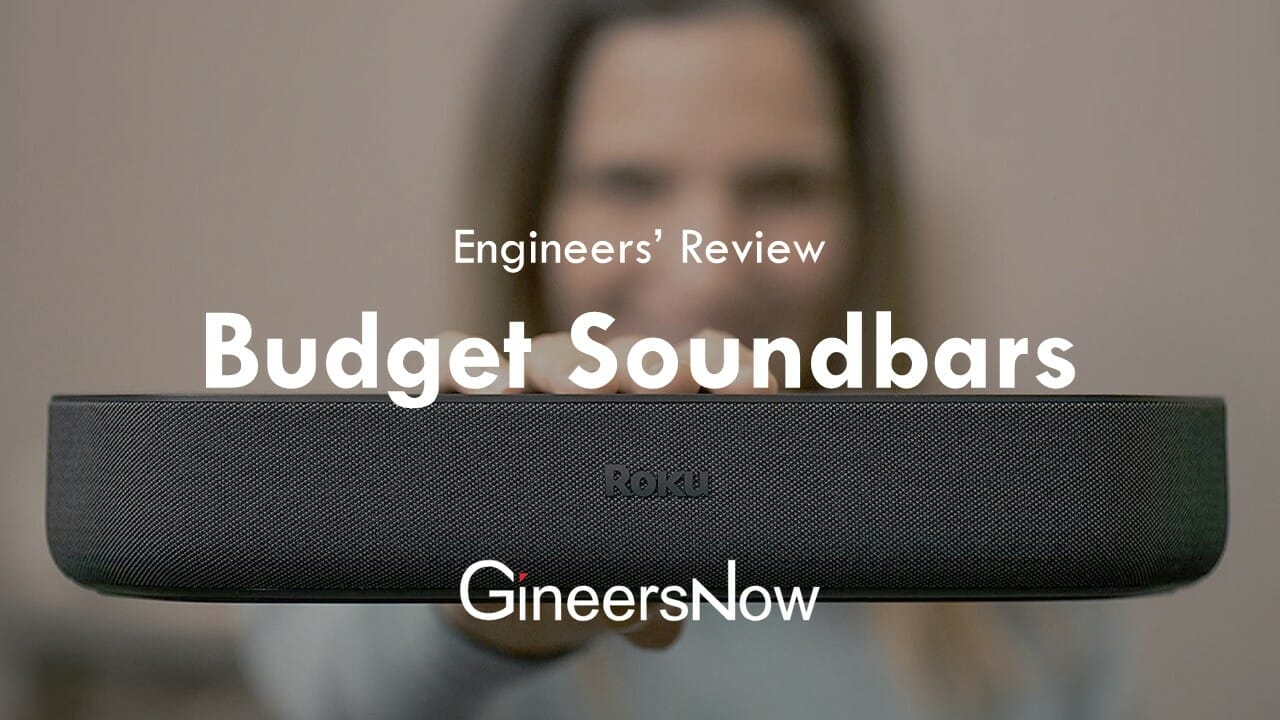CFC
In the HVAC industry, it is known that refrigerants are essential in any air conditioner operation.
Unfortunately, these refrigerants have a large impact on our environment.
For decades, CFCs have already been known to deplete ozone and are also to blame for global warming. To be able to understand CFCs further, let’s start by learning what it really is.
CFC stands for chlorofluorocarbon. It is an organic compound that contains carbon, chlorine and fluorine, which is produced as a volatile derivative of methane and ethane. It has a common subclass called hydrochlorofluorocarbons (HCFCs) which contains hydrogen.

CFC’s and its related compounds are known by different names. They are known around the world as Algofrene, Arcton, Asahiflon, Daiflon, Eskimo, FCC, Flon, Flugene, Forane, Freon, Fridohna, Frigen, Frigedohn, Genetron, Isceon, Isotron, Kaiser, Kaltron, Khladon, Ledon, Racon and Ucon.
The most common representative of this is dichlorodifluoromethane (R-12 or Freon-12)
CFCs were developed back in the 1930’s as a safe, non-toxic, non-flammable alternative to different dangerous substances such as ammonia which is used in refrigeration and spray can propellants. They have also been used for foamed plastics like expanded polysterene or polyurethane foam for insulation products.
The use of these family of compounds has grown exponentially over the years. One of the elements that make up CFCs is chlorine.
Chlorine exists in the atmosphere naturally, but in very small amounts and it so happens that CFCs are a way of introducing this into the ozone layer.
Studies have shown that CFCs that are released into the atmosphere are accumulated in the stratosphere, where they cause deteriorating effects on the ozone layer.
The ozone shields living organisms on Earth from Sun’s ultraviolet radiation.
In the stratosphere, the molecules of CFC break down due to the action of solar ultraviolet radiation and release the chlorine atoms.
These then react with the ozone molecules and in turn gets depleted.
CFC Alternatives
It was in the late 1970s when researchers and scientists have been working on alternatives for CFCs in refrigerants. It was then that the first warnings of damage to the stratospheric ozone were published. HCFCs are less stable in the lower atmosphere, which allows them to break down even before they reach the ozone layer.
But there is still a significant fraction of HCFCs that break down in the stratosphere which has contributed to significant chlorine buildup. Later on, alternatives that lack chlorine have been created. HFC-134a, for example, is now used instead of CFC-12 in automobile air conditioners.
Refrigerators from the 1800s until 1929 used toxic gases for refrigerants, namely: ammonia (NH3), methyl chloride (CH3Cl), and sulfur dioxide (SO2).
There have been several fatal accidents that happened in the 1920s due to methyl chloride leakages from refrigerators. People then began to leave their refrigerators in their backyards. It was then that three American corporations: Frigidaire, General Motors and DuPont worked together to search for a less dangerous method of refrigeration.
In 1928, Freon was invented by Thomas Midgley, Jr. and Charles Franklin Kettering. Freon represents different CFCs. These CFCs are a group of aliphatic organic compounds that contain the elements carbon and fluorine, and other halogens like chlorine and hydrogen.
Freons are known to be colorless, non-corrosive, non-flammable, and odorless gases or liquids.
CFC and the Environment
In 1978, the Montreal Protocol on Substances that Deplete the Ozone Layer, also known as the “Montreal Protocol” was adopted. It is an international treaty that has been designed to protect the ozone layer by steadily phasing out the production of numerous substances that are responsible for the depletion of the ozone.
Through the years, it has undergone several revisions, and as a result of this international agreements, the ozone hole that is in Antarctica is slowly recovering. Climate projections show that the ozone layer will return to 1980 levels in the years 2050 to 2070.















